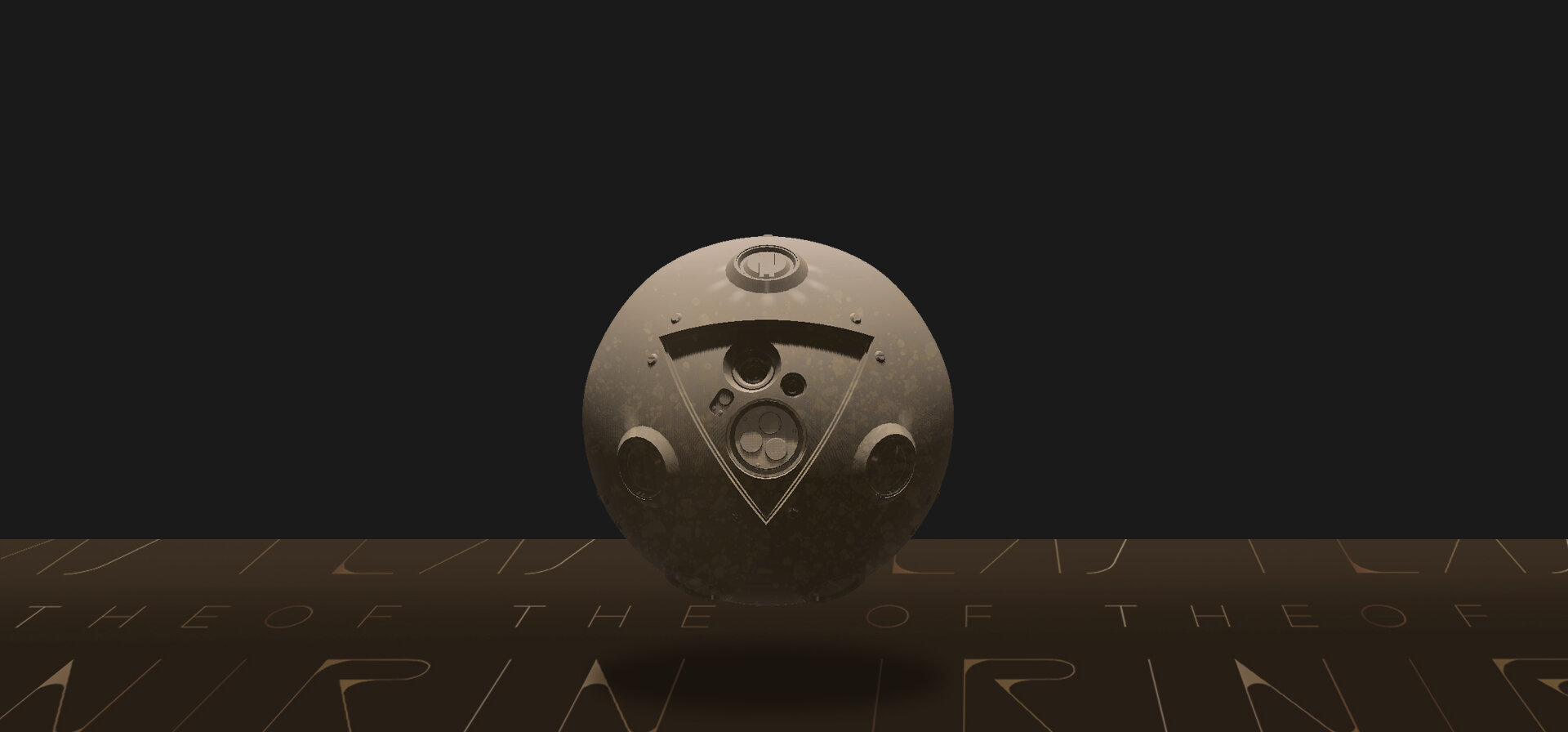The Pretenders had been extremely careful in keeping Marduk’s tomb hidden for 200 years in what came to be called the London Mithraeum, an underground Serapis temple in the calverts of Walbrook, directly beneath the Bank of England building. In October 1811, as the Bank was in the process of moving to a newer and larger building nearby, a small fire was started in the old property. A team dressed as the Lloyds of London fire brigade evacuated the building and, with a combination of explosives and axes, broke into the Mithraeum, escaping through the culverts with the Tomb. The casket was taken to the Americas for security, by a small French fleet, led by Gilbert du Motier, Marquis de Lafayette. Since the early 18th century many of the Houses of Baal had reorganized themselves around masonic Lodges and had played an integral part in the French revolution and the independence of America. Lafayette, a senior Warden of the Orient of France, and a veteran of the War of Independence, was a perfect candidate for bringing the Houses of Baal together.
The new home for the Tomb was intended below the United States Capitol Hill Building, which had been dug in preparation. A lightning raid by British warships almost successfully reclaimed the casket in 1814; the building was attacked and burned to the ground, and it was only by the swift actions of the Master Custodian to remove the casket minutes before the troops arrived that the British were thwarted. From that moment on, the security arrangements for the casket would be taken to extraordinary levels. As the 19th century saw gold flood in from California and the Rand, the Houses of Baal found themselves in unrivalled ascendance. To celebrate the french brought the Luxor Obelisk from Marduk’s temple to Paris in 1833, and in the same year the Americans began work on a hollow obelisk that would be the tallest structure in the world for over half a century.
